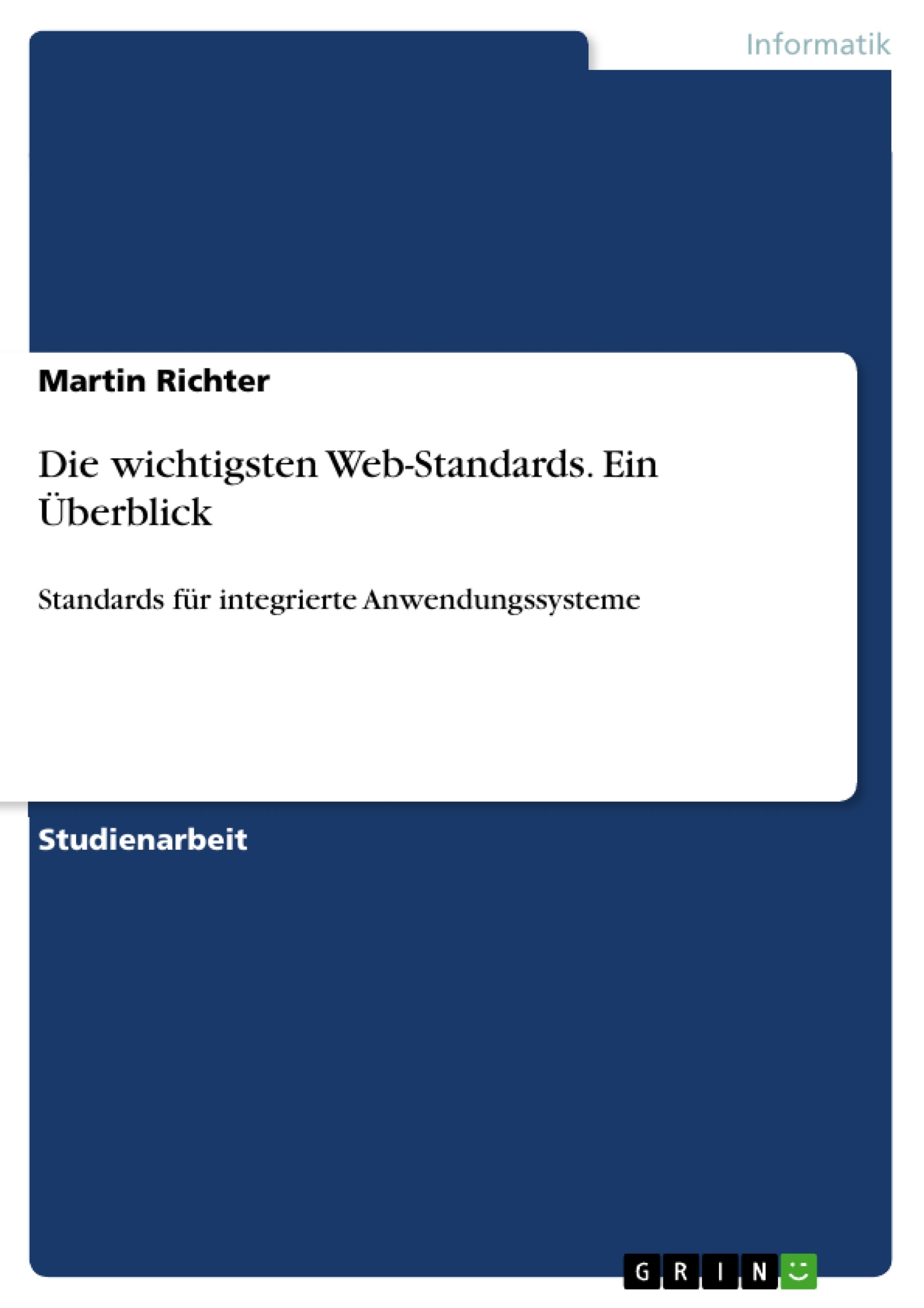1. Unternehmensbeschreibung und Hintergrundinformationen 1
2. Finalziel 1
2.1 Abgeleitete Modalziele 1
3. Begriffsdefinition 2
3.1 Standard 2
3.2 Integration 3
4. Relevante Standards 5
4.1 EDIFACT – EDI for Administration, Commerce and Transport 6
4.2 myOpenFactory 6
4.3 ebXML – electronic Business using extensible Markup Language 7
4.4 XML – Extensible Markup Language 8
4.5 WSDL – Webservice Description Language 8
4.6 SOAP – Simple Object Access Protocol 8
4.7 UDDI – Universal Description, Discovery and Integration 9
4.8 BPML – Business Process Modelling Language 9
5. Fazit 9
Inhalt
1. Unternehmensbeschreibung und Hintergrundinformationen
2. Finalziel
2.1 Abgeleitete Modalziele
3. Begriffsdefinition
3.1 Standard
3.2 Integration
4. Relevante Standards
4.1 EDIFACT – EDI for Administration, Commerce and Transport
4.2 myOpenFactory
4.3 ebXML – electronic Business using extensible Markup Language
4.4 XML – Extensible Markup Language
4.5 WSDL – Webservice Description Language
4.6 SOAP – Simple Object Access Protocol
4.7 UDDI – Universal Description, Discovery and Integration
4.8 BPML – Business Process Modelling Language
5. Fazit
- Citation du texte
- Martin Richter (Auteur), 2012, Die wichtigsten Web-Standards. Ein Überblick, Munich, GRIN Verlag, https://www.grin.com/document/214382



